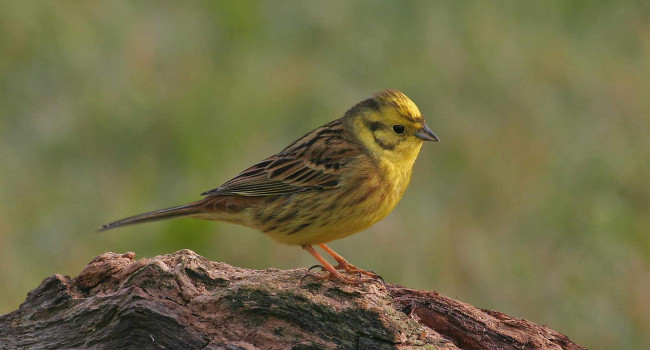Diversity in Irish and British avifauna assemblages: What can variation in diversity profiles reveal about the forces that drive assemblage composition and structure?

Author(s): Groh, C., Siriwardena, G.M. & McMahon, B.J.
Published: August 2024
Journal: Ecology and Evolution
Digital Identifier No. (DOI): 10.1002/ece3.70143
Abstract
Ireland and Britain are two islands located at Europe’s westernmost edge, both of which act as the final breeding outposts for many bird species within their European ranges. Despite their similar geographic locations and geological histories, Ireland and Britain host different breeding avifauna assemblages. Diversity profiles, which can serve as more robust alternatives to classic diversity indices, were employed in this study to explore disparities in the two islands’ breeding avifauna assemblages. Variations in assemblages were explored, along with their potential drivers, through analyses at three levels: island-scale breeding bird assemblage compositions, island-scale diversity profiles considering 49 common breeding species, and habitat-specific diversity profiles considering assemblages in east/central Irish farmland and East Anglian farmland. Analysis of the two islands’ breeding avifauna assemblages revealed that the Irish assemblage is a complete subset of the British assemblage. Analyses of Irish and British assemblages at both an island scale and a habitat scale revealed patterns linking land use to trends within the two islands’ avifauna assemblages. Irish assemblages contained greater proportions of insectivorous farmland species by abundance, while British assemblages contained greater proportions of seed-eating farmland species; both trends appeared to be related to structural differences in agricultural land use on the two islands. The British and East Anglian assemblages exhibited higher diversity across all analyses, which appeared to be driven by the assemblages' higher relative abundances of species that were most genetically distinct. This study highlights the ability of diversity profiles to impart more information than classic diversity indices by incorporating species similarity data.
Notes
The data on Irish farmland were collected The Ag-Biota Project (Monitoring, Functional Significance and Management Tools for the Maintenance and Economic Utilisation of Biodiversity in the Farmed Landscape), which is a capability development project (2001- CD/B1- M1) funded by the Environmental Protection Agency, as part of the ERTDI program under the National Development Plan. Data from East Anglia were collected under project BD1628 Understanding the demographic mechanisms underlying effective deployment of winter prescriptions for farmland bird recovery, which was funded by the UK Government Department of Food and Rural Affairs (Defra).Staff Author(s)







Share this page